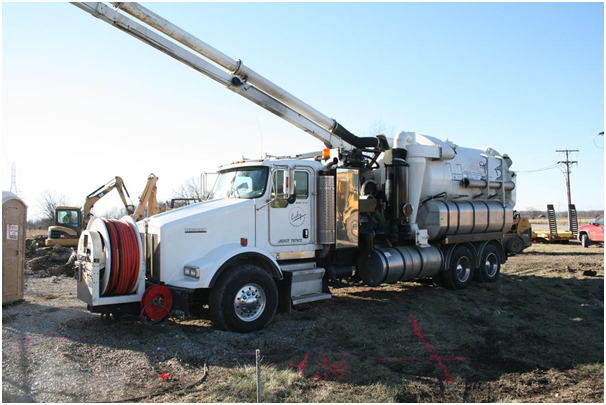Hydro-excavation has emerged as a crucial and innovative method for pipeline installation and maintenance in the modern era. This process involves the use of high-pressure water jets to break up soil and an industrial-strength vacuum to remove the debris, creating a non-destructive and precise excavation technique. The applications of hydro-excavation in pipeline projects are diverse and contribute significantly to safety, efficiency, and environmental sustainability. One of the primary advantages of hydro-excavation in pipeline installation lies in its ability to safely expose underground utilities and pipelines without causing damage. Traditional excavation methods, such as mechanical digging, pose a risk of accidental damage to existing infrastructure. Hydro-excavation, on the other hand, is a non-invasive method that minimizes the chances of costly and dangerous mishaps. The controlled use of pressurized water allows for precise excavation around sensitive areas, ensuring the integrity of existing pipelines and utilities.

Moreover, hydro-excavation is particularly beneficial in urban environments where space is limited, and the risk of damaging underground utilities is high. The precision of this method enables contractors to work in confined spaces without compromising the safety and structural stability of nearby infrastructure. This is especially relevant in densely populated areas where traditional excavation methods might disrupt traffic, utilities, or other essential services. In pipeline maintenance, hydro-excavation plays a critical role in uncovering and accessing buried pipelines for inspection and repairs. Routine maintenance is essential for the longevity and reliability of pipelines, and hydro excavation service Green Bay offers a less invasive alternative to traditional digging methods. The ability to precisely expose the pipeline allows for thorough inspections, identification of potential issues, and timely repairs or replacements. This proactive approach to maintenance helps prevent costly and disruptive pipeline failures. Environmental sustainability is another key aspect of hydro-excavation for pipeline installation and maintenance.
The method significantly reduces the environmental impact associated with traditional excavation, as it minimizes soil disruption and the release of harmful chemicals into the ground. The use of water as the primary excavation medium aligns with environmentally friendly practices, making hydro-excavation an attractive choice for projects that prioritize sustainability. Furthermore, the efficiency of hydro-excavation contributes to cost savings and timely project completion. The speed and precision of the process reduce labor requirements and allow for faster progress compared to traditional excavation methods. The minimal restoration needed after hydro-excavation further accelerates project timelines, providing a practical solution for time-sensitive pipeline installations or repairs. In conclusion, hydro-excavation has revolutionized the landscape of pipeline installation and maintenance. Its non-destructive nature, precision, environmental sustainability, and efficiency make it a preferred choice for a wide range of projects. As technology continues to advance, hydro-excavation is likely to play an even more prominent role in the construction and maintenance of pipelines, ensuring the longevity and reliability of critical infrastructure systems.